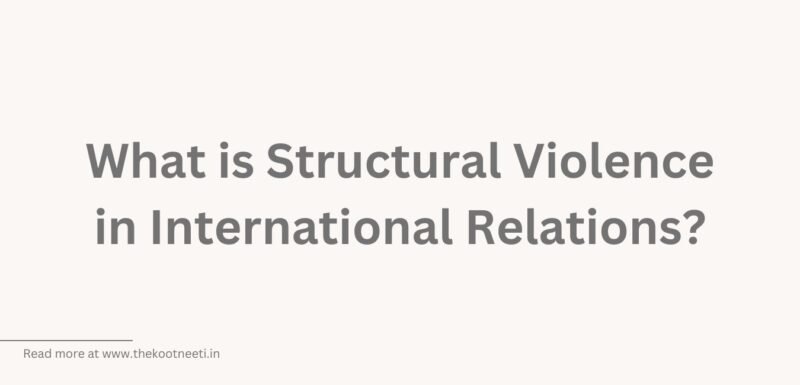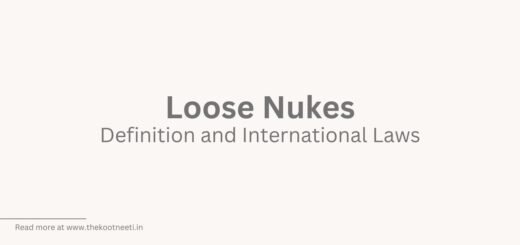What is Structural Violence in International Relations?

Structural violence is a concept that refers to the ways in which social and economic structures can contribute to the suffering and oppression of certain groups of people. Structural violence is often invisible and is not necessarily intentional, but it can have a significant impact on the lives of those affected.
Structural violence can take many forms, including poverty, discrimination, inequality, and social exclusion. It can be the result of policies, institutions, and systems that are designed in a way that disproportionately harms certain groups of people, such as marginalized communities, racial or ethnic minorities, or low-income individuals.
Structural violence can have a wide range of negative consequences, including poor health, reduced access to education and other opportunities, and a lack of political power and representation. It can also contribute to social and political conflicts and perpetuate cycles of poverty and inequality.
Efforts to address structural violence often involve addressing the underlying social and economic structures that contribute to it, as well as working to promote social justice and equality. This can involve a range of measures, such as reforming policies and institutions, investing in education and social services, and promoting the participation and empowerment of marginalized groups.
Examples of Structural Violence
Structural violence refers to the systematic ways in which social and economic institutions, policies, and practices create and maintain disadvantage and oppression for certain groups of people. It is a form of violence that is built into the structures and systems of society, rather than arising from individual acts of aggression or harm. Some examples of structural violence include:
- Racism: The systemic and institutionalized discrimination against people of color in areas such as housing, education, employment, and criminal justice. This can result in limited access to resources and opportunities, leading to higher rates of poverty, unemployment, and incarceration among people of color.
- Economic inequality: The unequal distribution of wealth and resources in society, which can result in poverty and lack of access to basic necessities such as food, housing, and healthcare for certain groups of people. This often disproportionately affects marginalized communities, including low-income families, immigrants, and people of color.
- Gender-based violence: The systematic discrimination, abuse, and violence experienced by women and gender-nonconforming individuals. This includes issues such as unequal pay, sexual harassment, domestic violence, and limited access to reproductive health services.
- Ableism: The discrimination and marginalization of people with disabilities in areas such as education, employment, and accessible transportation and housing. This can lead to barriers to social and economic participation, and limited access to resources and services.
- Colonialism: Historical and ongoing systems of oppression and violence that have been used to subjugate and exploit indigenous peoples and their lands and resources. This includes practices such as forced displacement, forced labor, and the denial of self-determination and cultural rights.


















